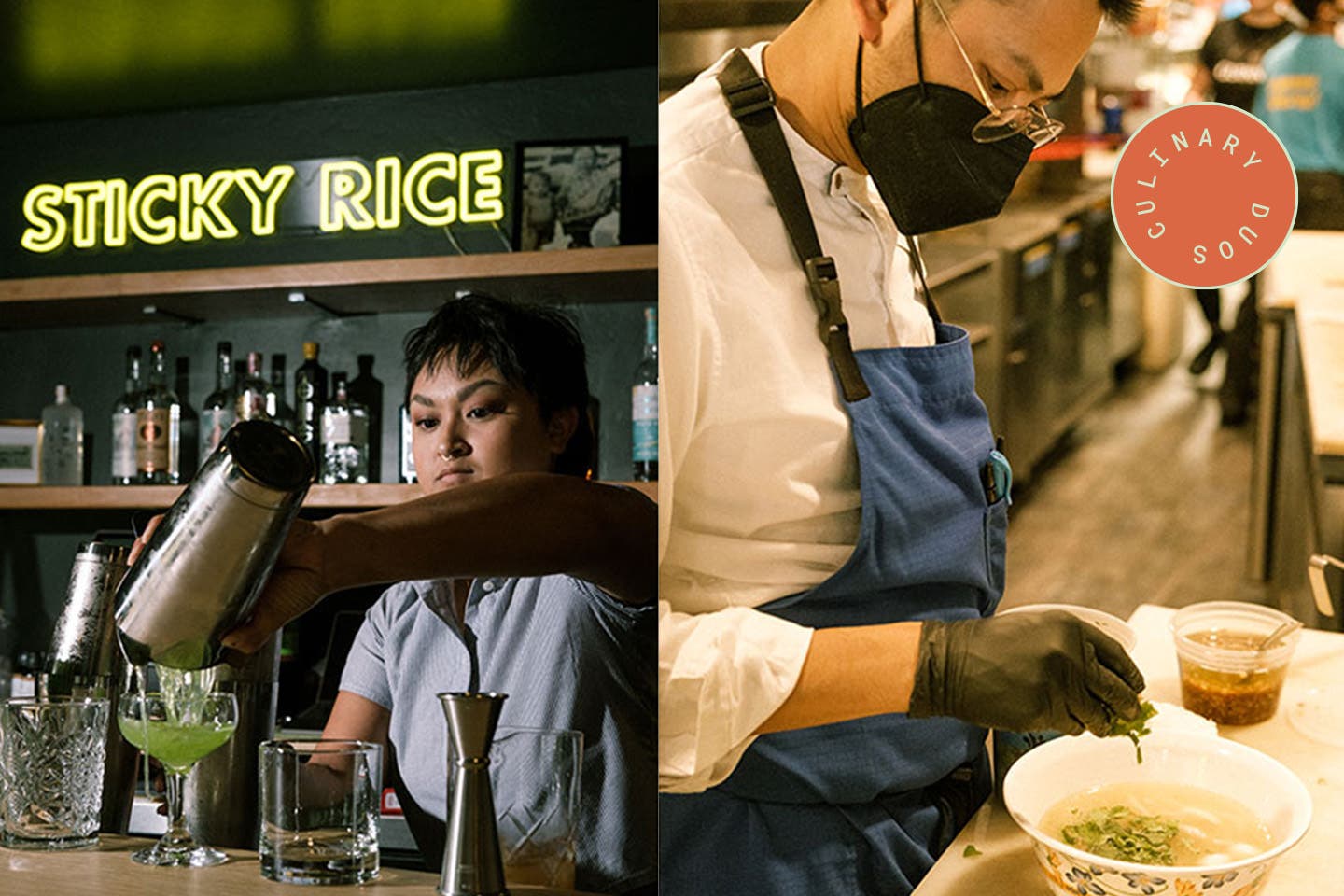
This Restaurant Reveals Your Favorite Thai Dishes Might Actually Be Lao
The sibling duo behind the new Oklahoma City eatery is giving the lesser-known cuisine its due.
Like the alchemy of acid and fat, the balance of sweet and salty, and the classic pairing of peanut butter and jelly, two is so often better than one in the world of food. This is Culinary Duos, a series by senior culture editor Megan Zhang spotlighting dynamic pairs—from couples to siblings to friends—whose partnerships produce flavor-filled magic.
When chef Jeff Chanchaleune and his mixologist sister Jeslyn decided to open a Lao restaurant in their hometown of Oklahoma City, the two had already worked together on several restaurant concepts. But a foray into Lao food, the cuisine of their heritage, was different. The venture felt deeply personal.
Born to Lao immigrant parents, Jeff and Jeslyn grew up eating dishes from the Southeast Asian country but rarely saw their culture represented in mainstream American society, much less in their home city. In the U.S, restaurants focused on the cuisine of Laos are far less common than those cooking food from neighboring countries like Thailand and Vietnam. “A Laotian restaurant has always been something I wanted to do,” says Jeff. But there was pressure from knowing that his cooking would be many local patrons’ first experience of his ancestral country’s foodways. “I didn’t think the city was ready. And also, I wasn’t ready.”
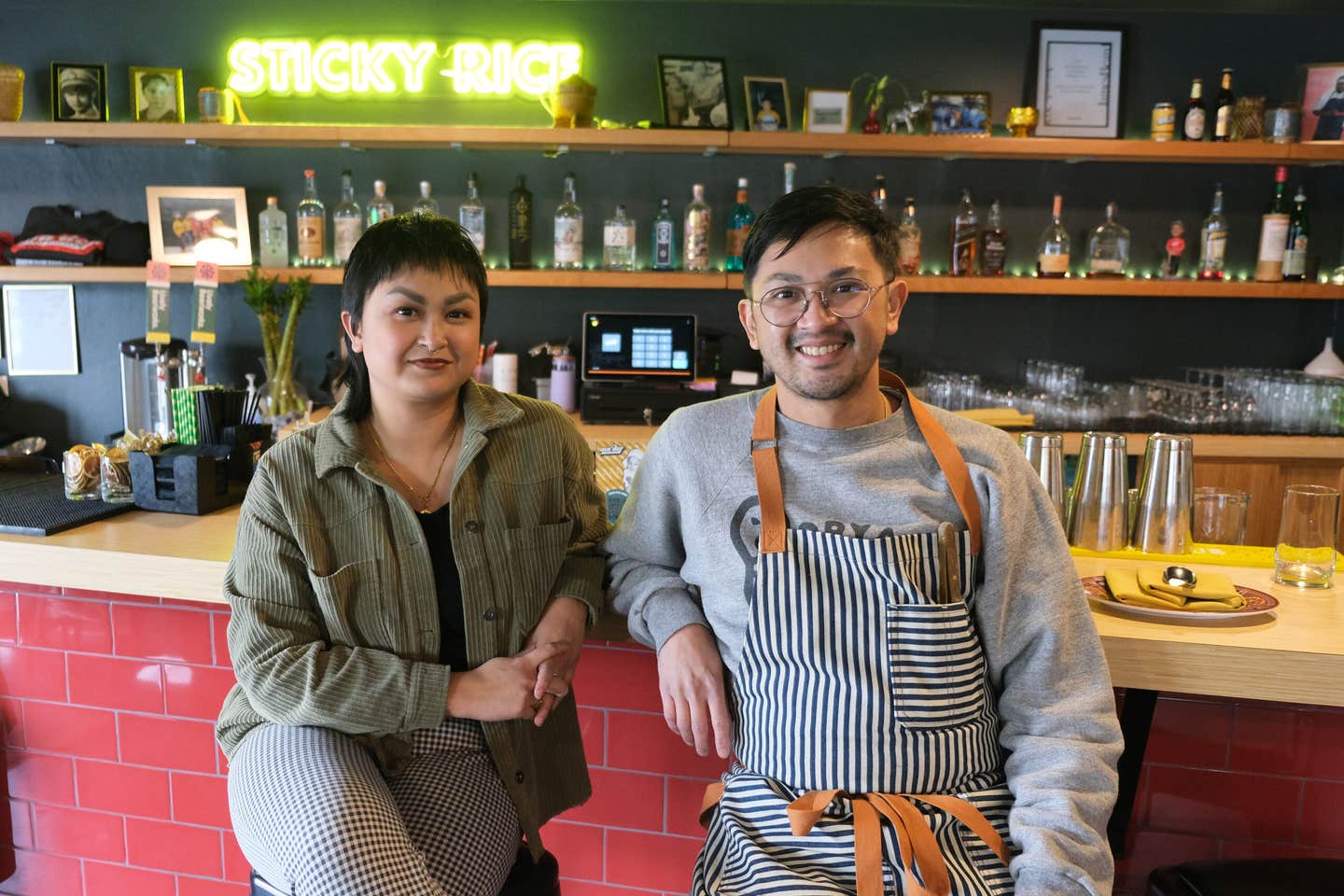
After launching a handful of successful projects focused on Japanese food—the food truck Kaiteki Ramen, a pop-up series called Project Slurp OKC, and the brick-and-mortar shops Gorō Ramen and Gun Izakaya, all with Jeslyn’s help—Jeff couldn’t ignore the overwhelmingly positive reception to his cooking. The moment felt right to finally take the next step. “I was like, alright, I believe in it. And I think the city will trust me.”
In 2021, Jeff and Jeslyn opened the doors to Ma Der Lao Kitchen in Oklahoma City’s Plaza District, the first full-service restaurant in the area to exclusively serve Lao cuisine. Every aspect of the presentation, from the name to the decor, is an homage to their family’s roots. A neon sign hanging in the window reads “ma der,” which means “come eat” or “come through.” Upon entering, guests are greeted with ruby-red floral wallpaper and a mural of the siblings’ grandmother dressed in a traditional Lao gown.
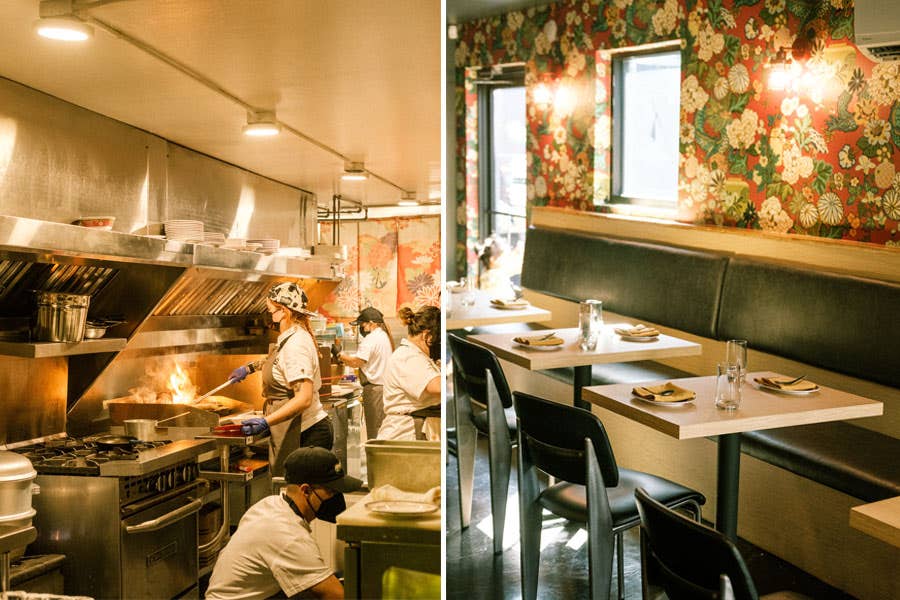
When he was developing the menu, Jeff frequently consulted his mother to make sure the recipes would closely replicate what she cooked at home throughout his upbringing. This approach, relying in large part on feeling and memory, was a departure from the strict adherence to technique and tradition that had defined Jeff’s Japanese cooking.
Rather than diluting Lao cuisine’s bold and vibrant flavors to cater to American palates, the siblings strive to genuinely capture the aromas of their childhood. “The first thing about Lao food is that it’s funky. We’re very spicy, umami-forward,” explains Jeff, adding that at the restaurant, “we use a lot of fermented unfiltered fish sauce.” The ingredient features heavily across the menu, including in the most popular dish, Nam Khao, a crispy rice salad with lime juice, mint leaves, and pork sausage. Fish sauce even appears in the bar’s best-selling cocktail, Little Dragon, which Jeslyn describes as a savory, spicy, and fruity concoction reminiscent of a margarita. “That's probably the drink that I'm most proud of,” she says.
It turns out landlocked Oklahoma is actually an ideal location for cooking the food of Laos, which is the only landlocked country in Southeast Asia and has a similar terroir, according to Jeff. Ingredients naturally found in both regions include white freshwater fish such as catfish, greens like sorrel, and various mushrooms. To source other harder-to-get specialty ingredients, the duo turns to the city’s longtime Asian supermarket, Super Cao Nguyen, which first opened in 1979.
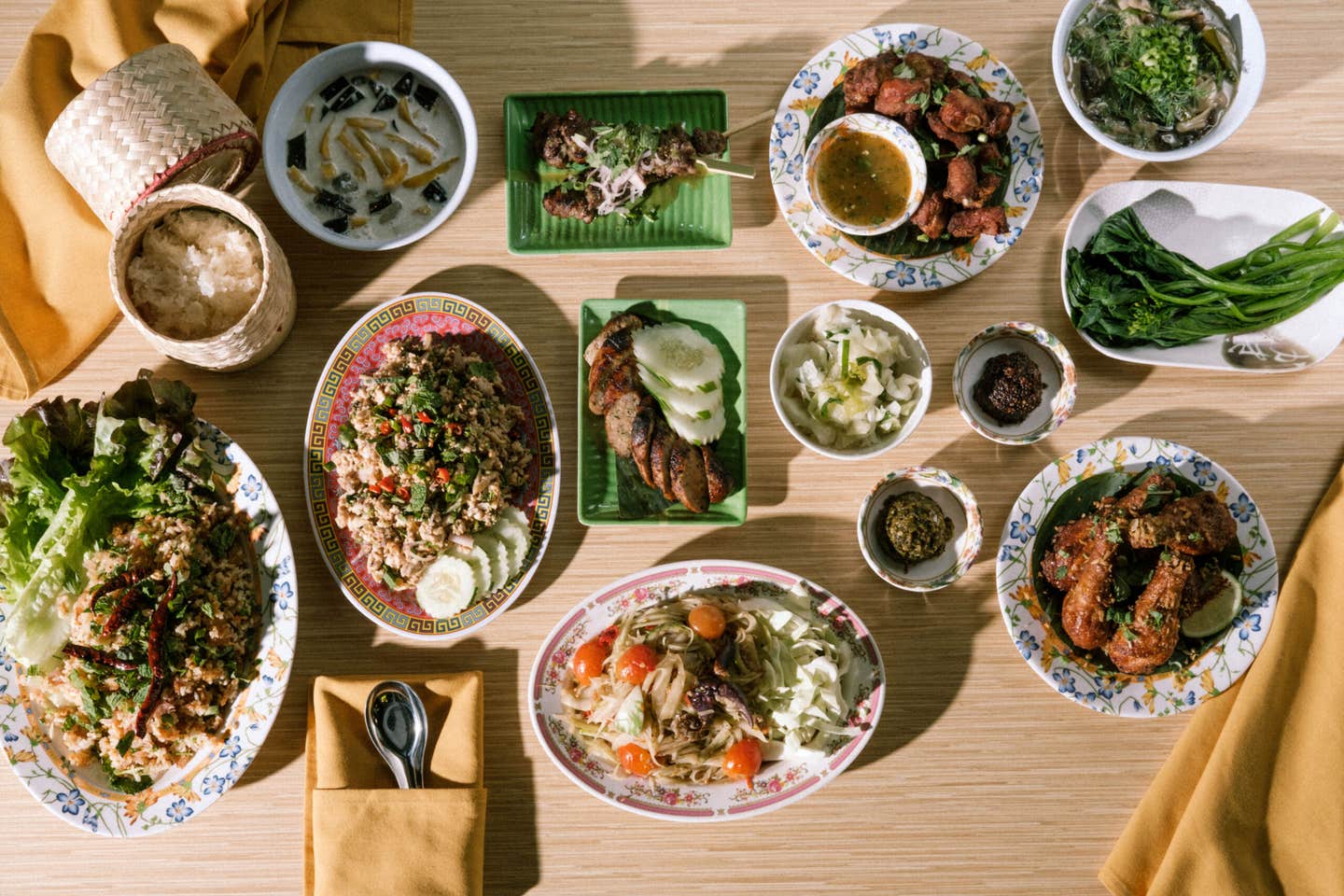
“Jeff and Jeslyn actually shopped at my store when they were little kids. Their mom would always come by,” says owner Hai Luong, who recalls seeing the two playing on the rice pallets with other kids while their parents shopped. It wasn’t until Jeff grew up and launched his food truck that he approached Luong for help sourcing ingredients. For Ma Der, Luong supplied Jeff with specialty food items like a crab paste that is key in the menu's papaya salad. Luong was also instrumental in bringing Beerlao, a range of Lao-made beers, to Ma Der, which is now the only restaurant in Oklahoma to carry the beverage.
According to Luong, Jeff is one of the first chefs of Asian descent in Oklahoma City to open a restaurant not out of necessity or survival, but to celebrate and uplift his heritage cuisine. “We're starting to see more [young] people taking initiative,” says Luong. “That next generation is having their own ideas and going in with the right set of skills.” Luong, who is Vietnamese American, notes that there has long been a sense of friendship between Oklahoma City’s Vietnamese and Lao communities. “We’ve been kind of side by side—to a point where my parents, who started the store, actually can speak Laotian,” he tells me, adding that he considers Jeff’s successful launch of Ma Der a win for the city’s entire Southeast Asian restaurant community. “I can cheer on the sidelines and root for him, and I feel proud.”
The Chanchaleune siblings’ restaurant careers might seem like no surprise, considering their father is a trained chef who worked in many New American and French restaurants and later opened a diner. When Jeff was growing up, though, cooking professionally wasn’t in his long-term plans. “I actually worked my way through high school and college in a kitchen, hoping I would get out, because I was in it for so long,” he says. (His first gig was dishwashing at a Japanese restaurant, which sparked an interest in Japanese cuisine.) After finishing college, he decided to pursue advertising, but after working for two years as a graphic designer, he concluded that the industry wasn’t for him; he had little creative autonomy and felt limited by other people’s visions. All the while, his thoughts kept gravitating back to the familiarity and excitement of the kitchen. “In my downtime, I would always be on some food website or blog,” he recalls.
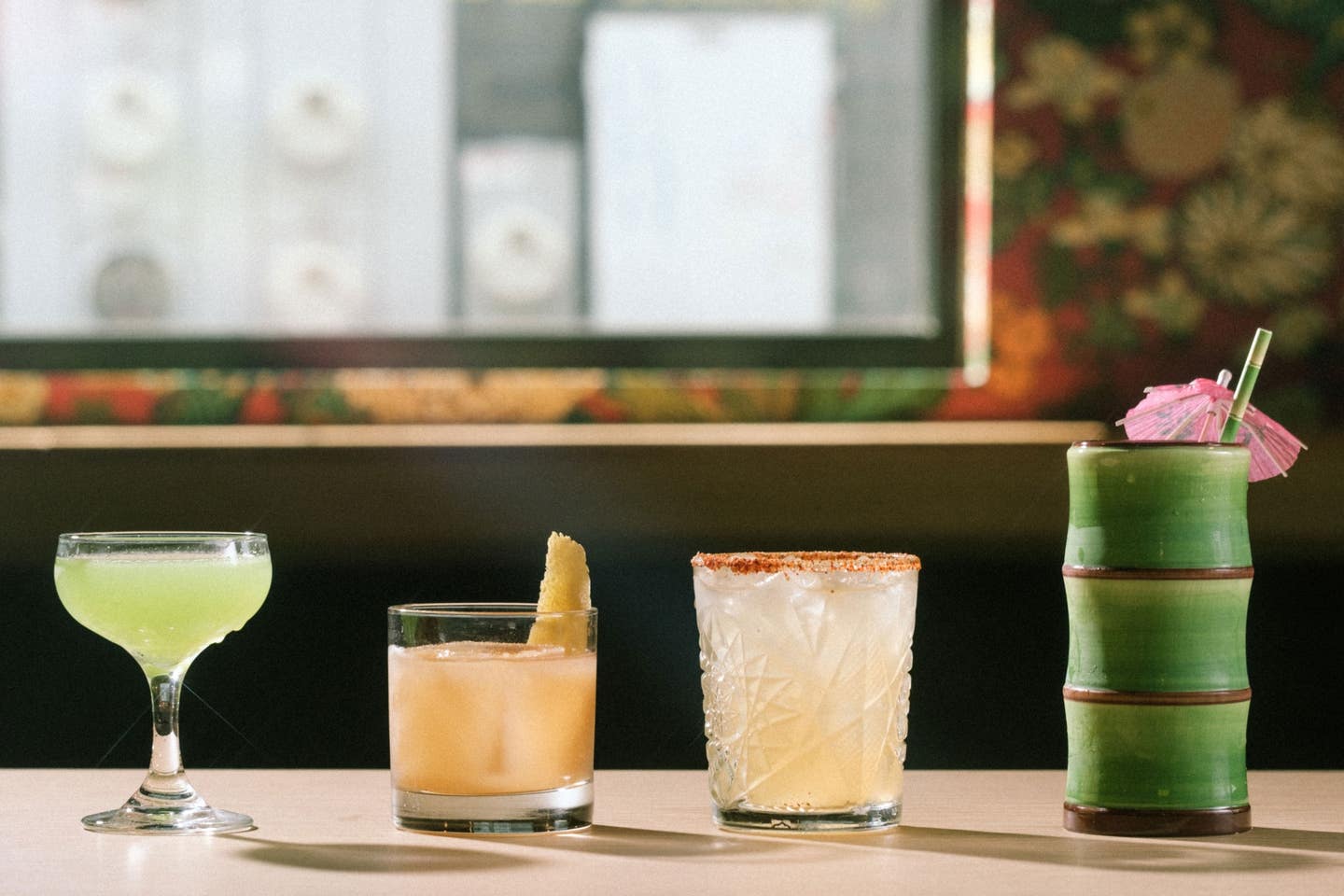
Like Jeff, Jeslyn was once firmly set on a path far from food. As early as Jeff’s first food truck, Jeslyn, who was still in high school at the time, would stop by after class and on weekends to help out. However, she was interested in photography and, after graduating college, relocated to Oregon to begin her career. When Jeff was prepping to launch his food truck, Jeslyn came home to Oklahoma City to help him—and wound up falling in love with the food service industry. At Gun Izakaya, beverage director Ryan Goodman began teaching Jeslyn cocktail technique and theory, which she quickly soaked up. After building a foundation in mixology, she started pushing creative boundaries. “She does stuff that I would never think of,” says Goodman of Jeslyn’s inventiveness behind the bar. For Ma Der, in addition to the Little Dragon cocktail, Jeslyn developed her own version of an old fashioned with cognac, rye, and coconut syrup. Cognac, she notes, became a popular spirit in Laos after the country’s colonization by the French. “My whole bar program really relies on the flavors from Laos, and I try to bring them out as much as I can,” she says.
It’s important to the Chanchaleunes that guests not only enjoy the restaurant’s food, but also learn about Lao culture in the process. “The attention to detail comes through,” says Goodman, who notes that details like staff members using the correct pronunciations of Lao words are important to the siblings. Before launching Ma Der, Jeff spoke to many relatives and did copious research to put together detailed manuals and guides for training staff members in the intricacies of how history—including French occupation during the 19th and 20th centuries—has shaped the country’s cuisine and the way people outside of Laos perceive its food.
“When the French came in, a lot of people migrated up north towards Chiang Mai, Thailand,” says Jeff. “A lot of dishes, like laab, papaya salad and sticky rice, all originated in Laos, but [the origins] got lost through migration.” Nationalist policies in Thailand promoting the unification of Thai culture erased non-Thai descriptors from products and practices that were considered imported, decoupling Lao foods from their source. When immigrants opened up Lao eateries in America, many found that their businesses attracted more customers if they tacked “Thai” onto the menu and also served Thai food, in part because there were more Thai immigrants than Lao immigrants in the U.S. and hence more awareness of Thai food, Jeff explains. He hopes that, through Ma Der, guests will acquire a greater understanding of Lao foodways that have been overlooked, hidden within Thai-looking menus.
“He thinks there is an untold story there, a story that needs to be heard, that needs to be shared,” says The Oklahoman’s food editor Dave Cathey, who has reviewed Ma Der. “I’d had laab, and I’d had papaya salad, because there are a number of Thai restaurants around the city—not knowing that those are actually Lao dishes. I’m like a lot of people, I had had Lao food without knowing it, before [Jeff] started really emphasizing it.”
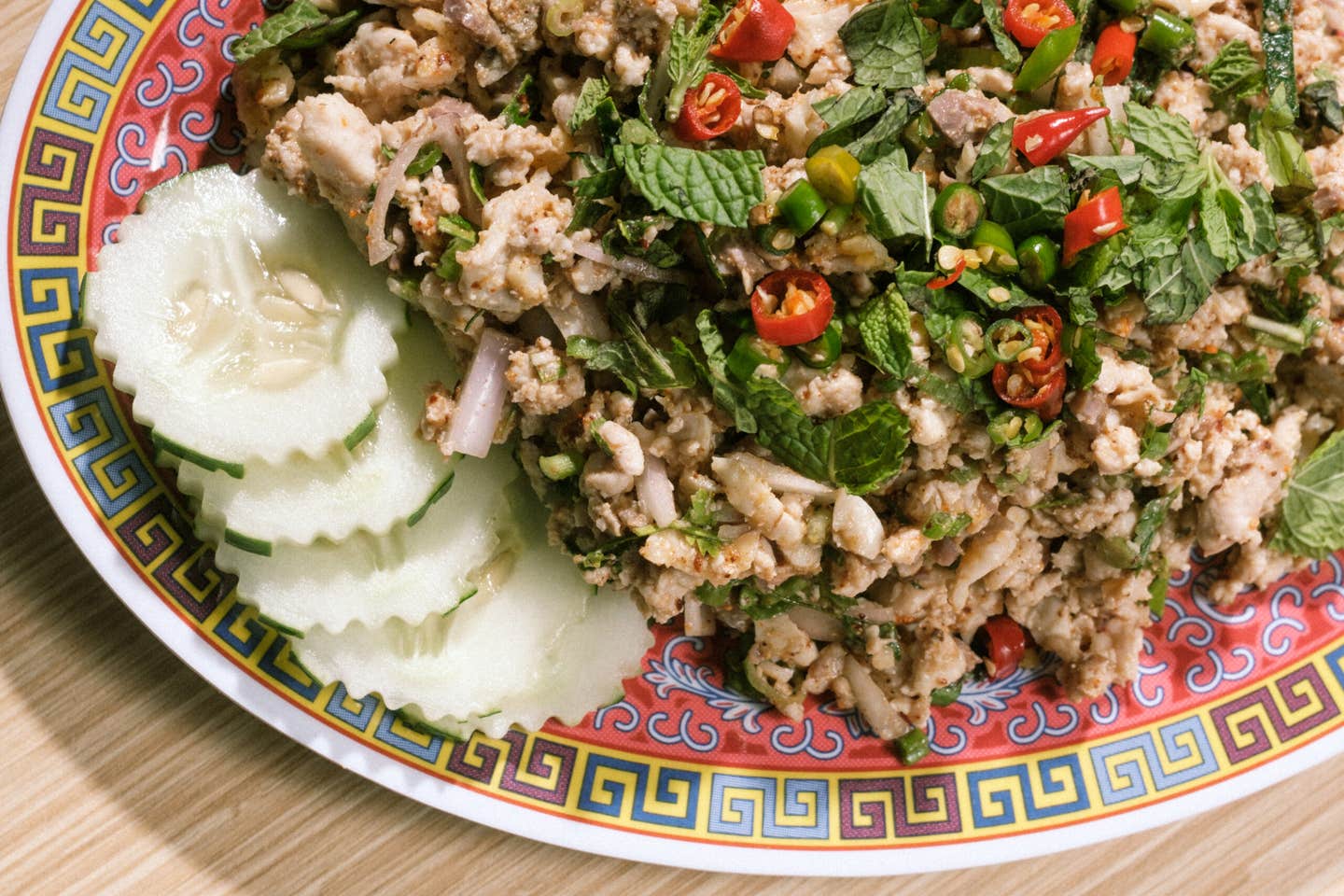
“90 percent of the people who walk through our door have never had our cuisine,” says Jeslyn. “That's the one thing we were mostly scared of—are people going to accept this? And so far, [reception has] been really, really good.”
Fueled by the positive feedback, Jeff and Jeslyn are more focused than ever on bringing the food and flavors of their heritage to more diners. The siblings have become active members of the Lao Food Movement, a nationwide initiative spearheaded by chef Seng Luangrath to increase awareness, education, and celebration around Lao cuisine. Ma Der is also hosting regular pop-ups in collaboration with chefs from across Oklahoma and other states, to showcase the potential of Lao ingredients in different contexts. (The restaurant previously partnered with chef Kevin Lee, owner of Oklahoma City’s Korean fried chicken restaurant Birdie’s, and a collaboration with the Japanese sando purveyor Sandoitchi is slated for July.)
Sibling rivalry is nowhere to be found at Ma Der. In fact, working as a team has brought Jeff and Jeslyn, who are 10 years apart, closer than ever. When their parents divorced, Jeslyn was nine and Jeff was already out of college, so “we didn't really connect until I opened up the food truck,” says Jeff. Rather than operate in separate silos, the two regularly discuss ingredient tweaks that will allow Jeff’s food and Jeslyn’s drinks to better balance each other—and to bring out the best in the other. “I’m pretty proud to have that connection with a sibling,” says Jeslyn. “The food and beverage space is kind of highly charged,” adds Goodman, noting that family partnerships he’s seen in the restaurant industry tend to have one person who’s clearly in charge. “That's definitely not the way it is with Jeff and Jes. It's collaborative, and it's fun to see them build up each other.”
“I feel like we're on the right track to showcasing our culture and our food and what we have to offer,” says Jeslyn.
“It is about to be a good time for Lao food, and the exposure to our food is going to open people’s eyes to what they’ve been missing out on,” says Jeff. “It really feels good to be a part of it.”
Recipes
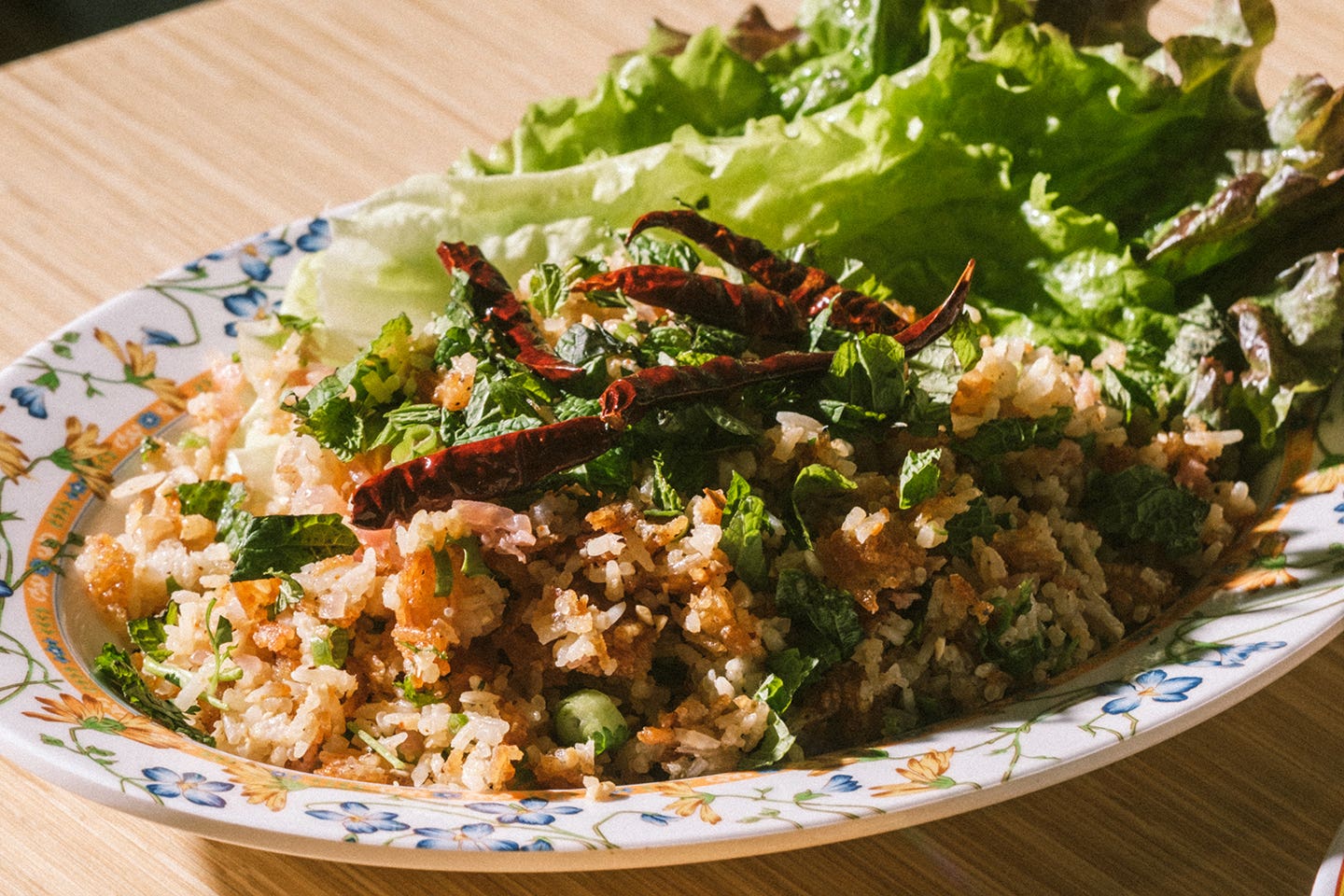
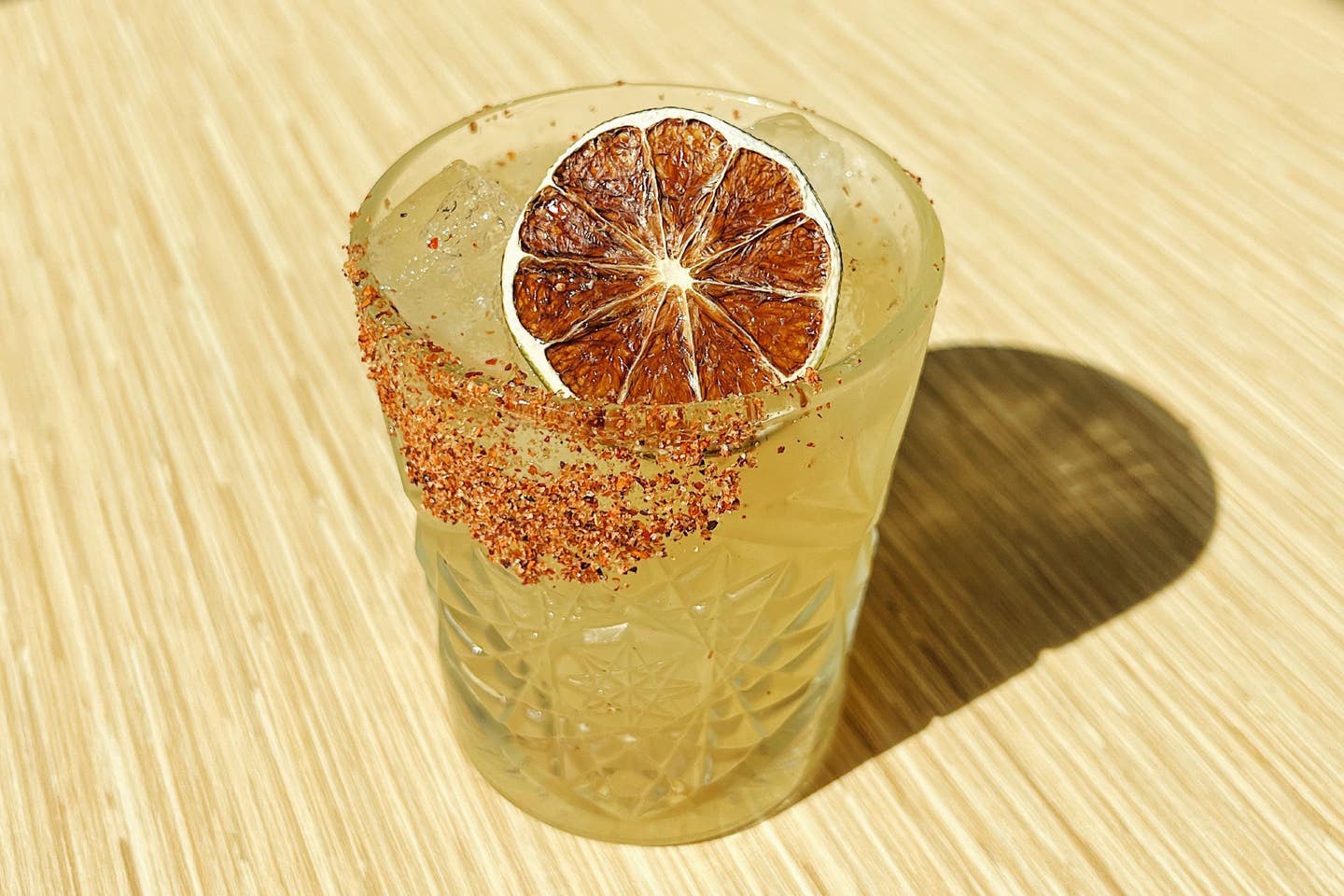
Keep Reading
Continue to Next Story










